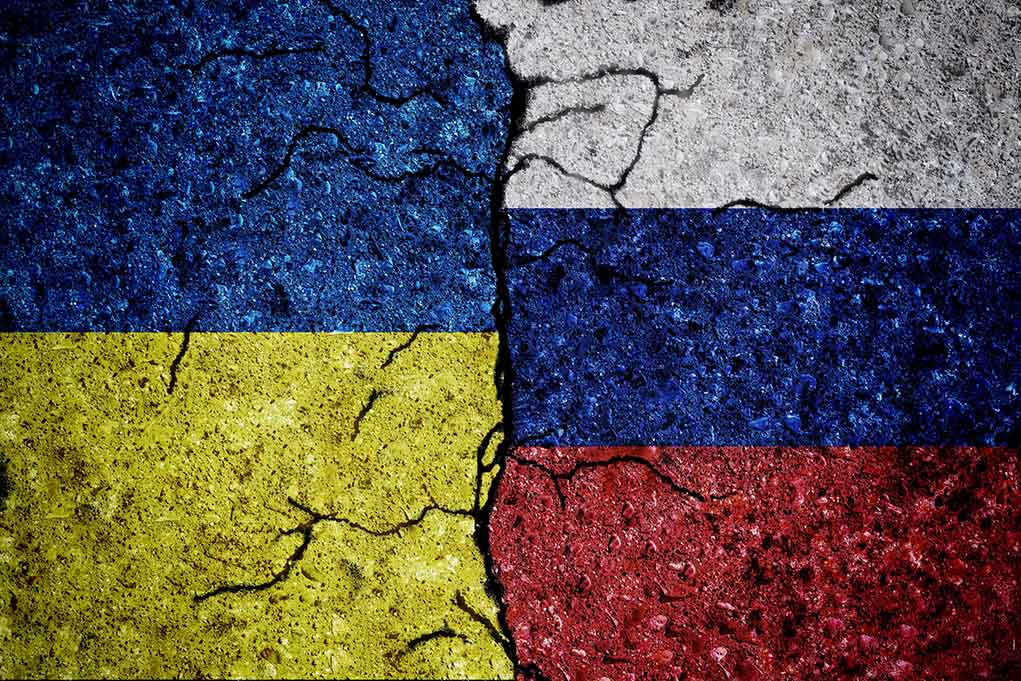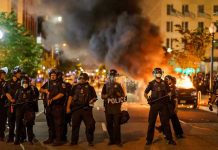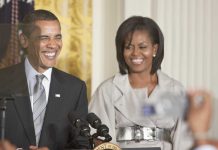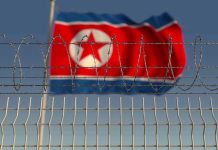
Russia continues to bleed Ukraine dry with 1,300 daily casualties while maintaining sufficient military and economic resources to prolong the war until at least 2027, according to grim new NATO assessments.
Key Takeaways
- NATO officials predict Russia will continue making slow territorial gains in Ukraine despite sustaining massive casualties estimated at 1,300 soldiers per day
- Russia maintains strong weapons production capabilities, manufacturing approximately 130 tanks and 3 million artillery shells annually
- Despite economic strain, Russia can finance the war until at least 2027, prioritizing military objectives over economic health
- Diplomatic solutions appear increasingly unlikely as NATO doubts Russia’s interest in meaningful ceasefire negotiations
- The escalating Israel-Iran conflict may potentially disrupt Iran’s weapons supply to Russia, affecting ballistic missiles and artillery munitions availability
NATO’s Sobering Assessment of Ukraine’s Military Situation
“NATO officials have delivered a bleak outlook on the ongoing conflict in Ukraine, projecting that Russian forces will continue to make incremental territorial gains despite sustaining enormous casualties,” according to recent NATO intelligence assessments, Russia is currently suffering approximately 1,300 casualties daily in 2023, with cumulative losses potentially exceeding one million dead and wounded since the conflict began. Despite these staggering human costs, Russian advances persist in key regions including Sumy Oblast and intensified operations in Zaporizhzhia, demonstrating Putin’s willingness to sacrifice soldiers for strategic objectives.
The battlefield situation remains extraordinarily difficult for Ukrainian forces with no signs of a breakthrough on either side. Ukrainian President Zelenskyy continues seeking additional support from NATO allies, though his presence at recent summits has been noticeably diminished compared to previous years. Particularly concerning Ukraine’s defensive posture is NATO’s skepticism regarding Zelenskyy’s claims about Russia planning another major invasion, with alliance officials declining to validate these assertions in recent briefings. This disconnect highlights growing tensions between Ukrainian leadership’s assessment of threats and NATO’s intelligence evaluations.
Russia’s Sustainable War Machine Despite Economic Pressure
“Despite widespread sanctions and international economic isolation, Russia has demonstrated remarkable resilience in maintaining its war effort,” said Zelenskyy, Ukrainian President. NATO intelligence indicates Russian weapons production remains robust, with annual production reaching approximately 130 tanks and 3 million artillery shells. This industrial output significantly outpaces Ukraine’s domestic capabilities and highlights the crucial importance of continued Western military aid to balance the equation. The sustained production capacity suggests Russia has successfully adapted its military-industrial complex to operate effectively under sanction constraints, establishing alternative supply chains and production methods.
Economically, while Russia faces substantial challenges including labor shortages and significant budget deficits, it appears to have prioritized short-term war financing over long-term economic stability. The national sovereign wealth fund has plummeted from $150 billion to just $37 billion as resources are redirected to military efforts. Nevertheless, NATO assessments indicate Russia can continue financing the war until at least 2027,” said President Trump faces a protracted conflict during his administration that will require strategic decisions about America’s level of involvement and support for Ukraine.
Diplomatic Impasse and Future Uncertainties
Hopes for a diplomatic resolution appear increasingly distant as NATO officials express significant doubt about Russia’s interest in meaningful ceasefire negotiations. This diplomatic impasse creates additional complications for the Trump administration, which has indicated less enthusiasm for continued weapons transfers to Ukraine compared to the previous administration. As current U.S. assistance packages approach depletion, uncertainty looms regarding America’s future commitment level, creating strategic ambiguity that both Russia and Ukraine must factor into their military planning and diplomatic posturing.
An unexpected external factor potentially impacting the conflict is the escalating tension between Israel and Iran. NATO intelligence suggests this Middle East conflict could disrupt Iran’s arms exports to Russia, particularly affecting supplies of ballistic missiles and artillery munitions. While Russia has diversified its supply chains, any significant reduction in Iranian military support could create logistical challenges for sustaining operations at current intensity levels. This geopolitical interconnection demonstrates how regional conflicts thousands of miles apart can create ripple effects influencing strategic calculations in seemingly unrelated theaters of war.

















